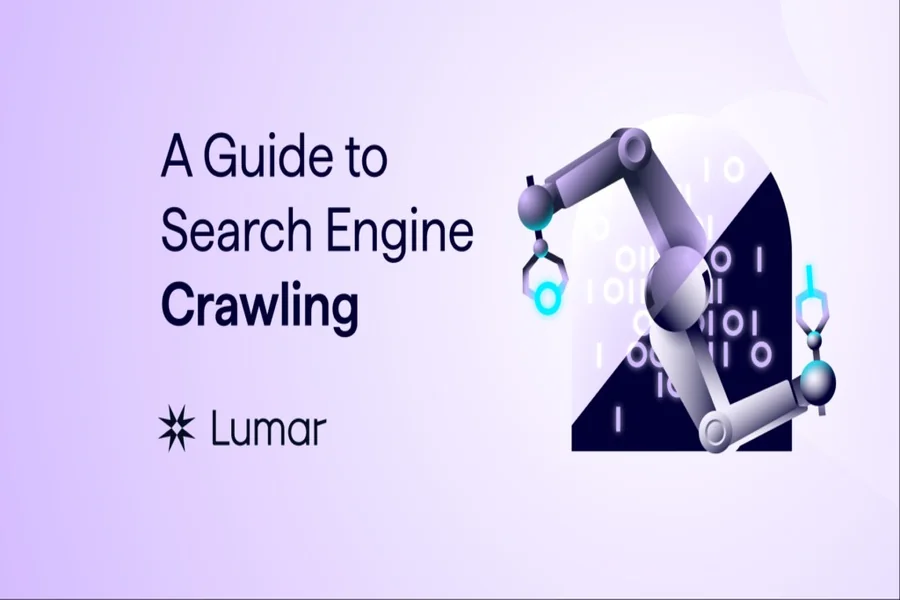Crawlability: Why It Matters for SaaS Websites
Search engines use crawlability to discover, interpret, and index website content. Ensuring strong crawlability is essential for SaaS businesses because it directly influences how well their solutions and resources appear in search results. Key content may remain invisible to potential users if search engines struggle to access pages. Issues like broken links, poor site structure, or blocked resources can limit visibility and hinder organic growth.
Improving crawlability involves more than technical fixes—it requires a strategic approach to site architecture and content delivery. A clear hierarchy, optimized internal linking, and proper use of sitemaps help search engines navigate a SaaS website effectively. Many companies turn to a SaaS SEO agency for guidance, as experts can identify barriers and recommend improvements tailored to the platform’s unique needs. With consistent monitoring, SaaS brands can prevent crawl errors and maintain a healthy, search-friendly site.
Ultimately, enhancing crawlability supports both visibility and user experience. When search engines index content thoroughly, prospective customers can quickly find accurate, relevant information. By prioritizing crawlability, SaaS websites position themselves for more substantial search rankings, improved discoverability, and sustained digital growth.
Technical Improvements for Better Crawlability
A technically robust website sets the stage for strong crawlability. SaaS brands should focus on the following low-friction, high-impact technical improvements:
- XML Sitemaps: Regularly update your sitemap to include only vital, index-worthy pages. Remove obsolete URIs to prevent search engines from wasting resources.
- Robots.txt: Configure your robots.txt file carefully, ensuring you aren’t blocking sections needed for organic growth. What seems like a harmless disallow rule can sometimes hold back essential sales or landing pages.
- Page Speed: Fast-loading websites satisfy both users and bots. Compress images, use browser caching, and consider content delivery networks to maintain seamless performance, especially as your SaaS features grow.
- Status Codes: Monitor 404s, 500s, and soft errors that might mislead search crawlers. Errors like these can block bots from vital content and undercut your technical authority.
Overlooking these fundamentals can stall even the most content-rich SaaS operations. Regular technical reviews and prompt resolution of crawl errors foster consistently strong organic results.
Handling Duplicate Content and Parameterized URLs
Large SaaS sites commonly experience duplicate content due to dynamically generated pages, user accounts, A/B tests, and various URL parameters for features or reporting. Without active management, these duplicates devour crawl budget and dilute ranking power.
- Adopt canonical tags to indicate the preferred version of each piece of content, guiding search engines to consolidate authority.
- Leverage URL parameter handling features in Google Search Console to explain which query parameters affect content, and which do not.
- Maintain a consistent internal linking practice that always points users—and bots—to a page’s canonical, indexable version.
These techniques prevent index bloat, maintain control over ranking signals, and ensure your most strategic SaaS pages remain discoverable and competitive.
Site Architecture Best Practices
An intuitive, organized site architecture accelerates discovery and indexation. SaaS companies should invest in a framework that prioritizes both user and bot navigation:
- Arrange core product and solution pages as topic-based hubs, each supported by in-depth content and educational resources.
- Design navigation so all key pages are reachable within three clicks from the homepage, reducing crawl depth and orphaned content.
- Create a deliberate internal linking strategy, interconnecting feature updates, help guides, and main funnels for maximal crawl efficiency.
Thoughtful site mapping turns complex SaaS ecosystems into easily navigable, high-authority platforms in the eyes of both users and search engines.
Using Advanced Tools to Monitor and Optimize Crawlability
Long-term SaaS SEO excellence is built on continuous measurement and improvement. Industry-standard tools and log file analyzers provide visibility into how search bots interact with your website structure and content.
- Inspect crawl stats for unusual surges, drops, or patterns that may signal indexing or site health issues.
- Regularly check for soft 404s, server errors, or unexpected redirects, using advanced tools to spot and remedy indexation gaps before rankings are affected.
- Ensure your XML sitemap and robots.txt remain aligned with your evolving website structure—especially after product launches or major updates.
These tools provide actionable insights, reducing risk and ensuring your SaaS site meets the changing demands of algorithms and customers alike.
Ongoing Iteration for Sustainable Results
As SaaS platforms evolve, with constant feature releases, fresh content, and UI rollouts, so does the challenge of maintaining crawlability. Proactively scheduling quarterly technical SEO reviews, setting up automated crawl reports, and ensuring teams are trained on SEO fundamentals foster resilience in your organic growth strategy.
- Automate regular crawl diagnostics and technical health reports in your analytics platforms.
- Run thorough technical audits after major site or product changes to catch unforeseen crawl issues early.
- Incorporate SEO and crawlability education for product managers, developers, and writers in your organization-wide workflow.
This ongoing cycle of assessment and optimization grows your organic reach over time, compounding the impact of each technical win.
Conclusion
SaaS companies must prioritize crawlability as a core SEO and digital growth strategy component. An optimized, bot-accessible site architecture is the foundation for high rankings, laser-focused traffic, and outsized organic revenue. As industry competition intensifies, turning crawlability improvements into a repeatable process—supported by the right tools and expertise—becomes essential for lasting success.



